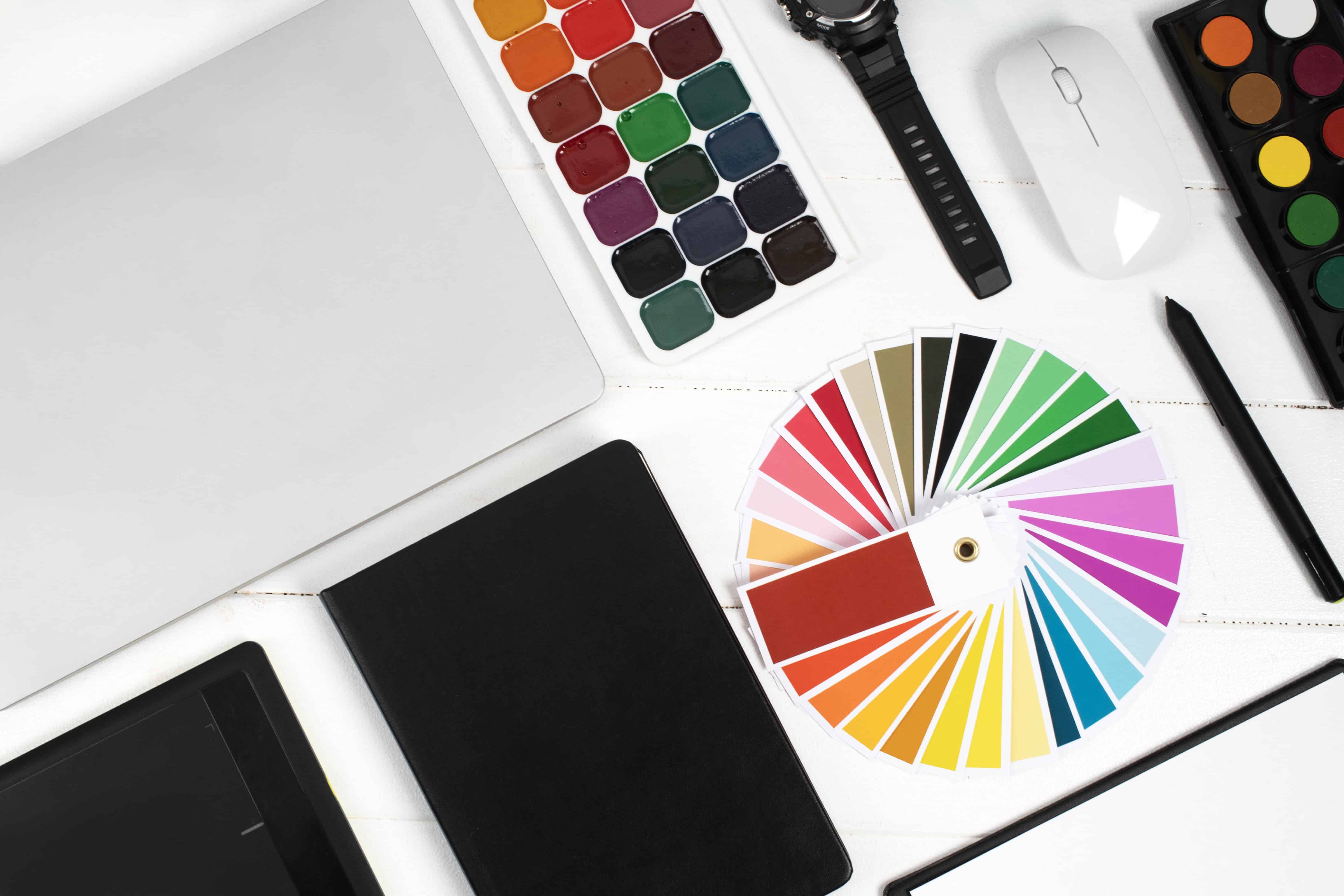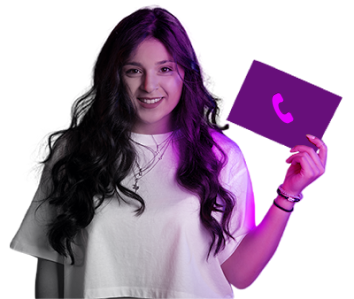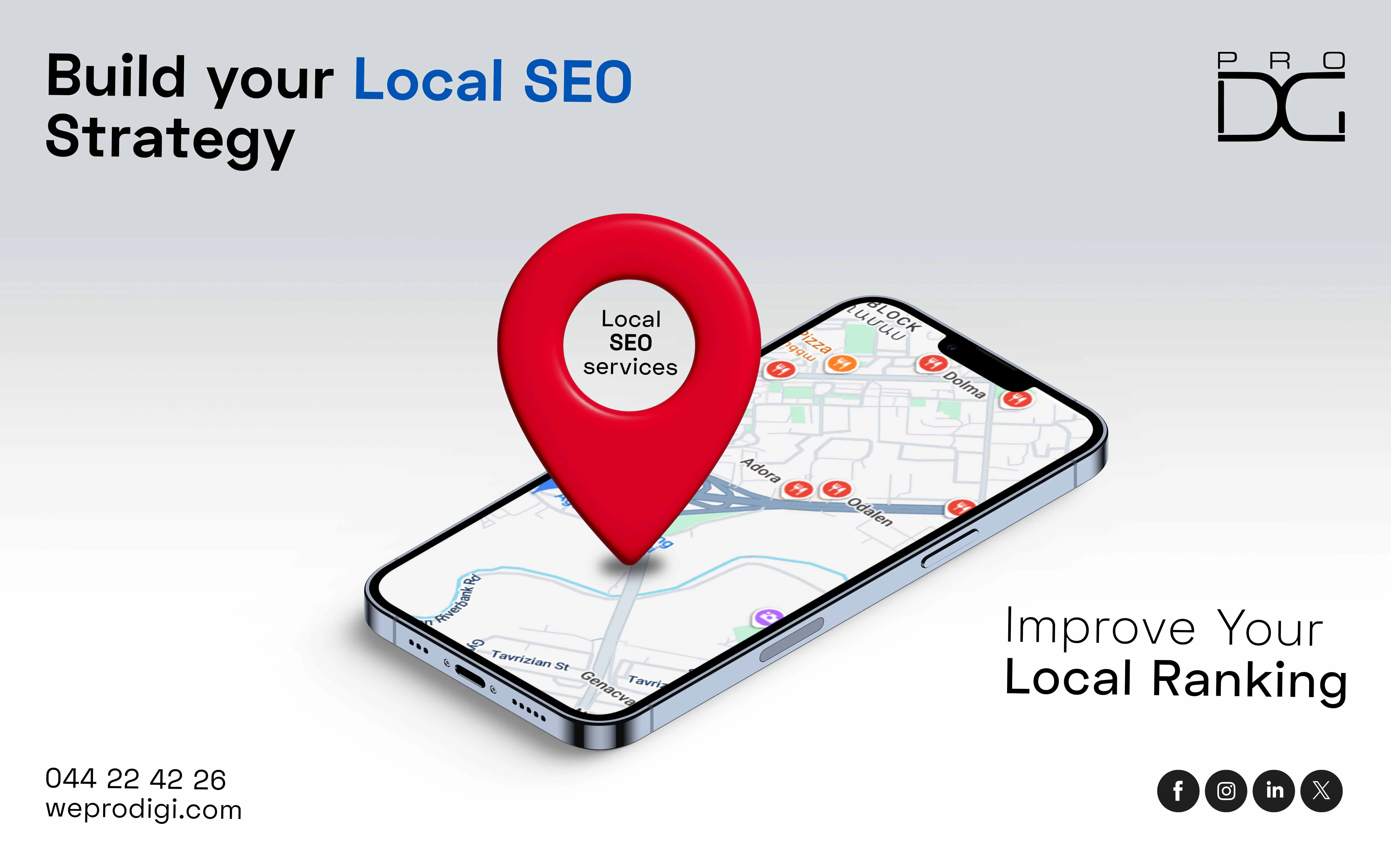Have you ever felt like colors can influence your behavior and mood? For example, maybe you have felt that red makes you feel hungry or energized. Or maybe you felt calm because of blue or green. Or maybe yellow brought you happiness. Or you never paid attention. Anyway, research states that there’s color psychology in design. It is the discipline that focuses on the interaction of colors with feelings, actions, and decisions. Hence, for strategic marketers and branding design gurus, this idea possesses the power of insight to reach the targeted public.
Imagine your favorite brands. What is the first thing that comes to your mind? Most of the time, it is their colors. We are not talking here of colors that are randomly chosen: the red of Coca-Cola, the yellow of McDonald's, or the blue of Tiffany’s. These colors are chosen to reflect the character of a brand and to encourage certain feelings in the customers.
Competitive factors are also involved in color uniformity, but in marketing and branding, color psychology in design is not only aesthetic. It is about appealing to people’s deep-seated mental patterns to generate impactful designs. This blog will discuss how the psychology of color influences decision-making in marketing and branding and why it is relevant to business organizations in today’s market.







